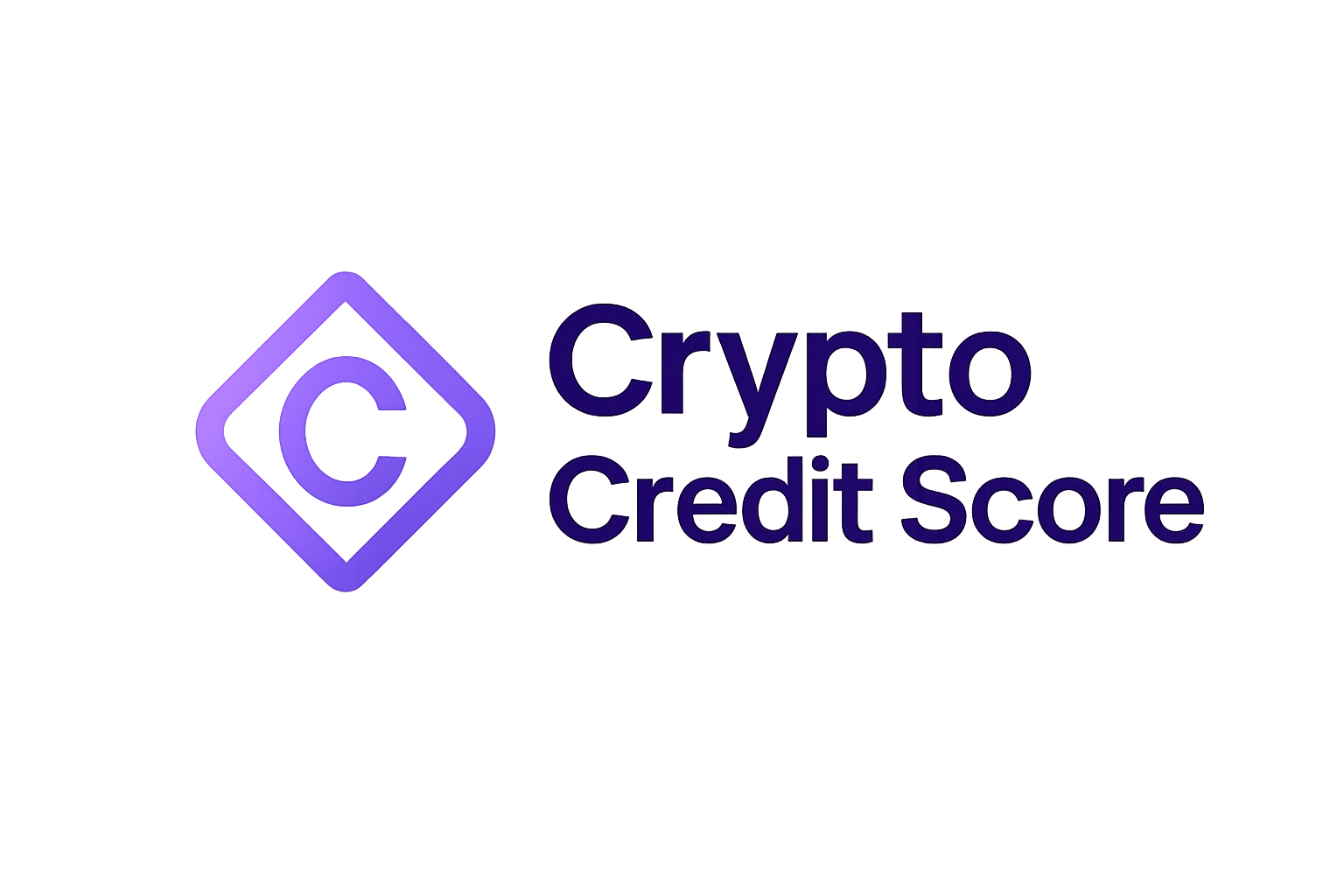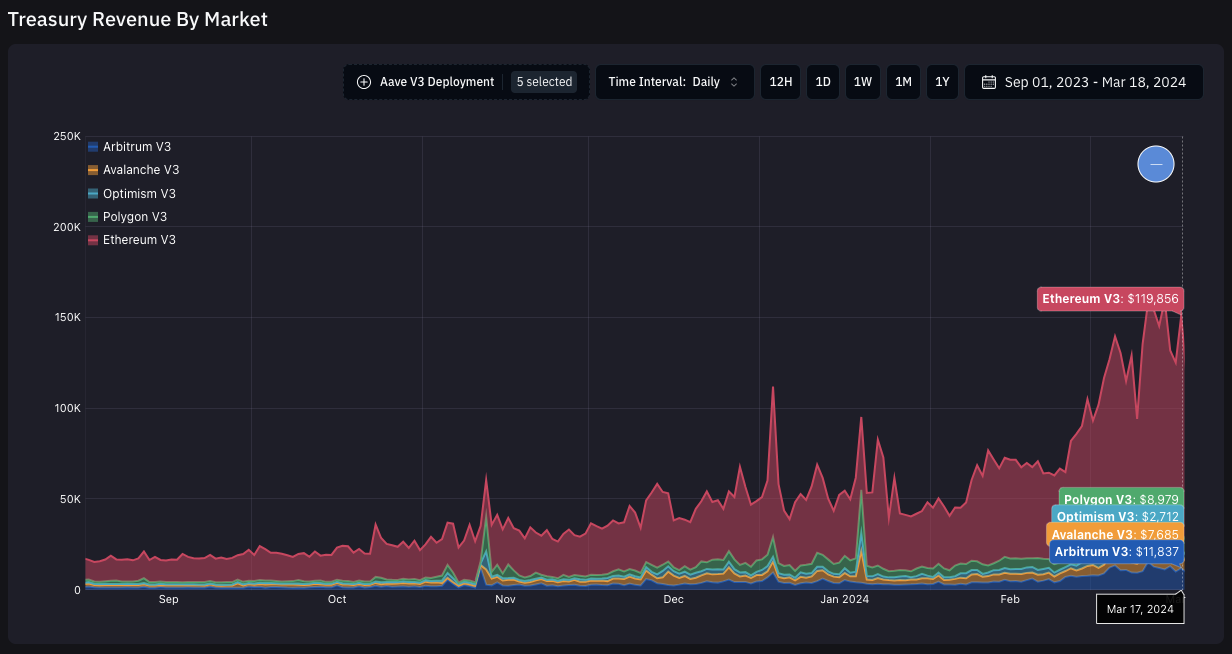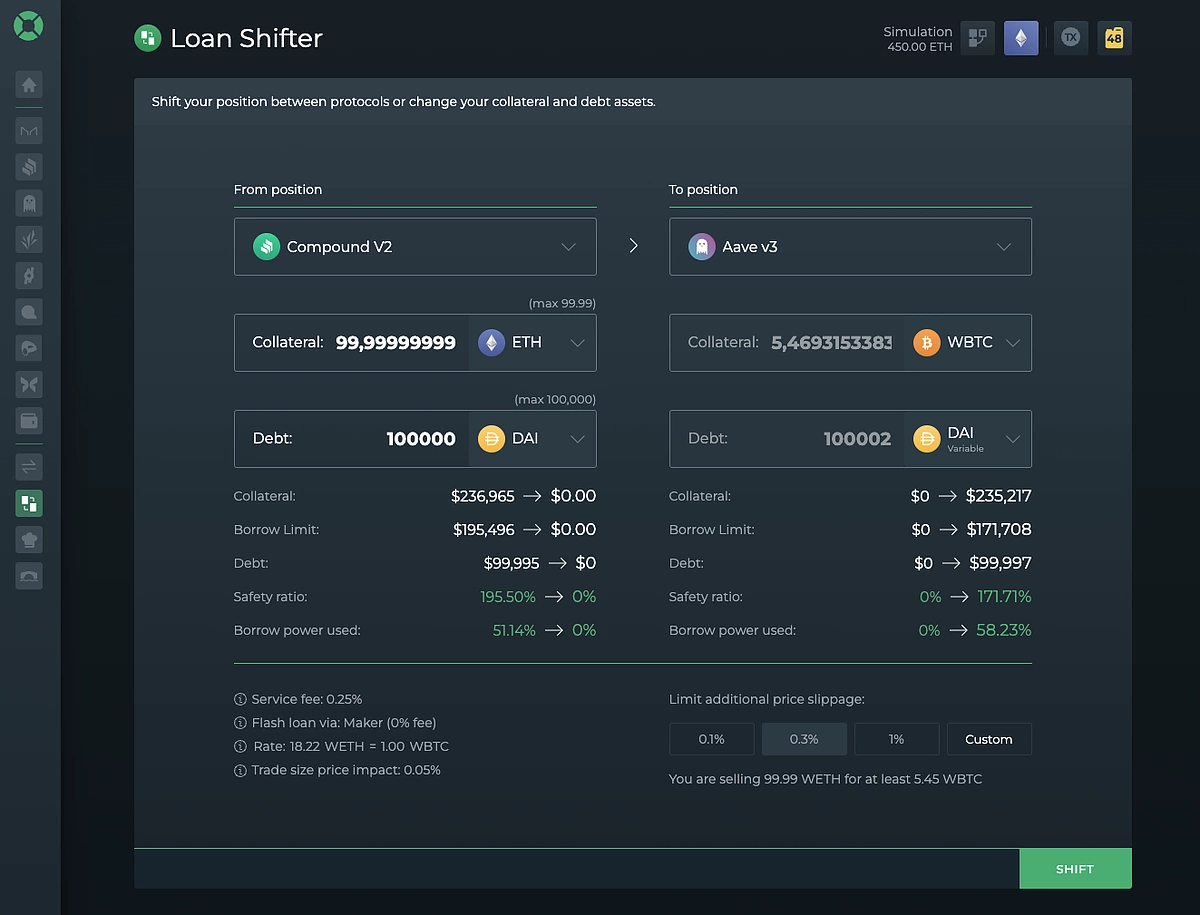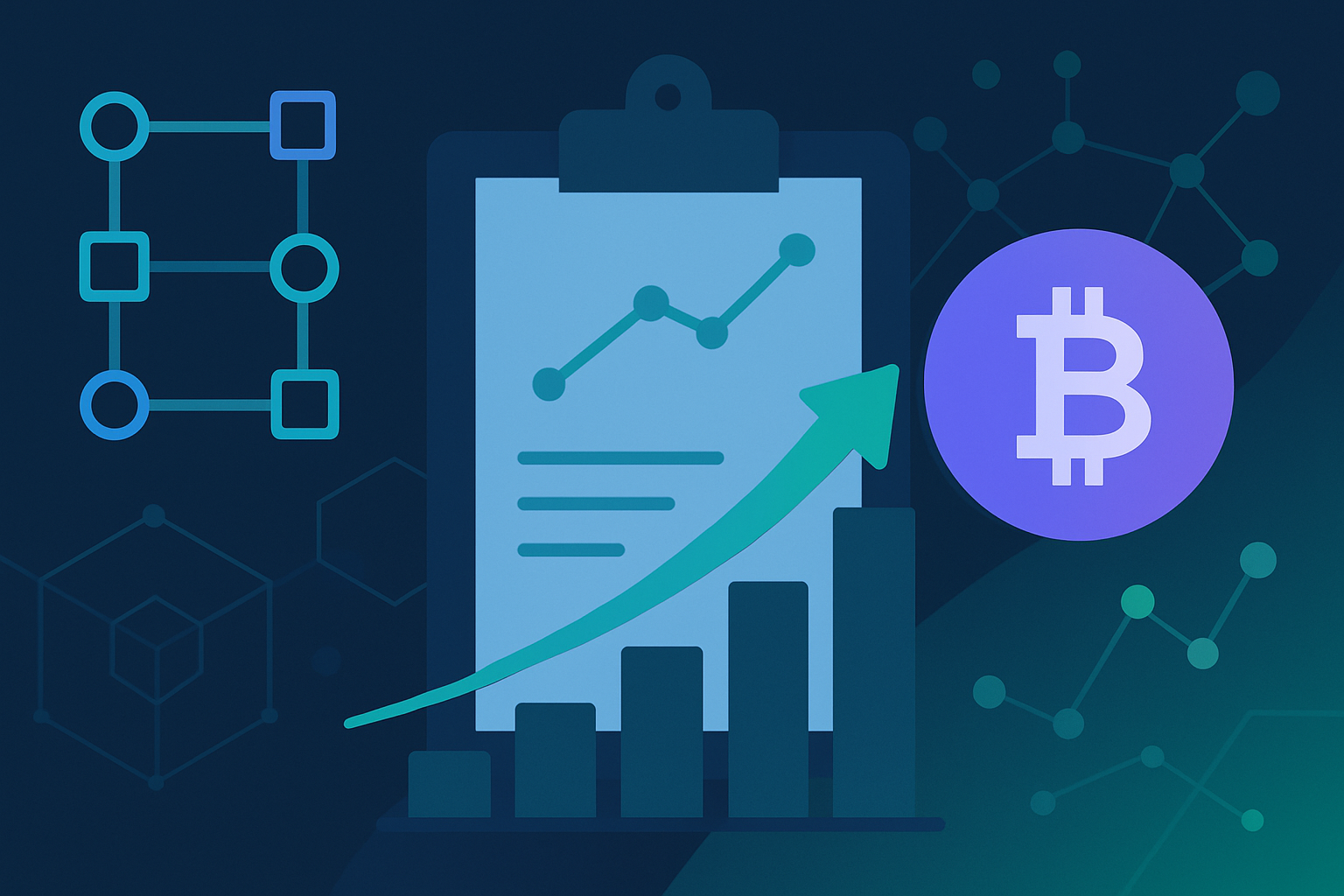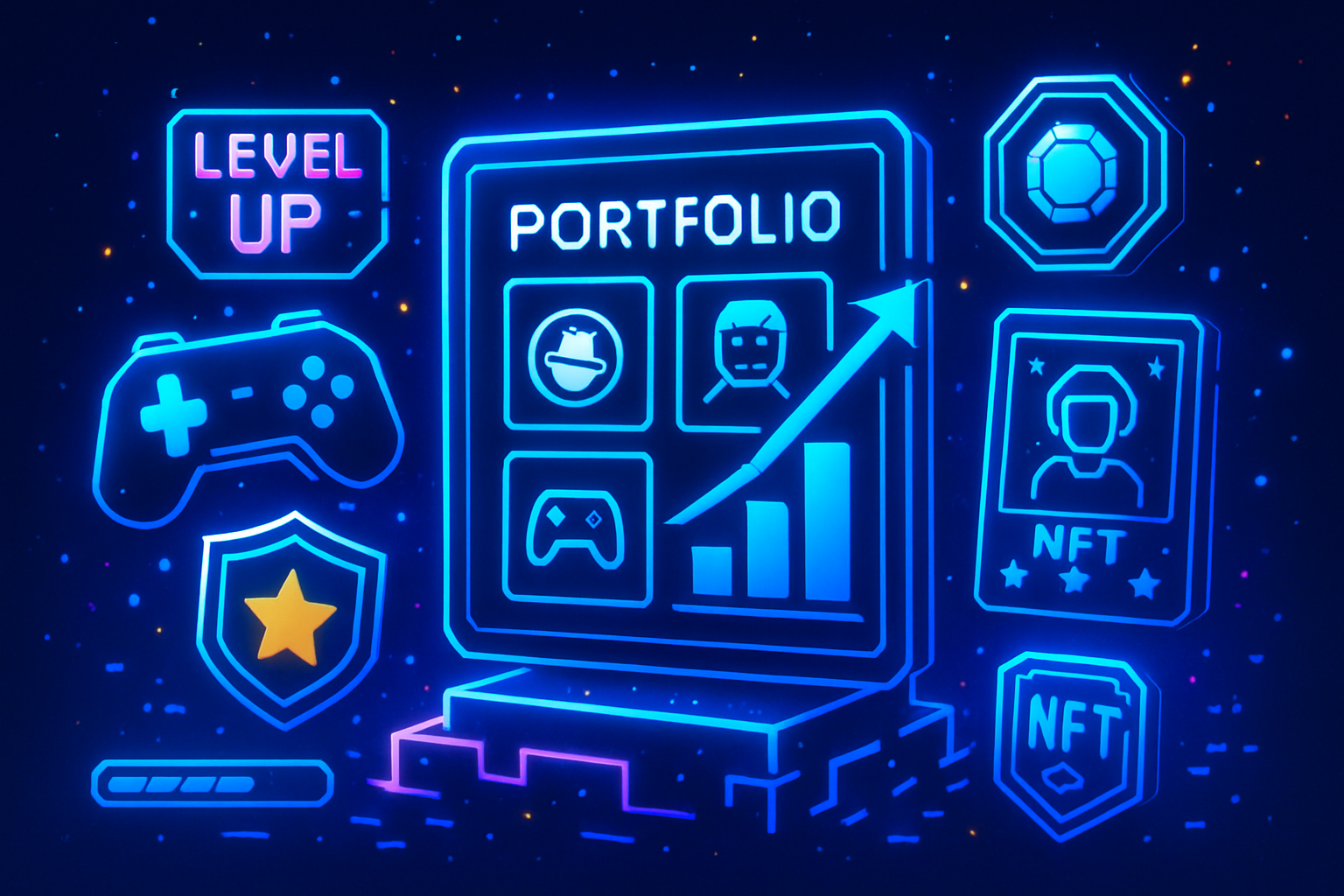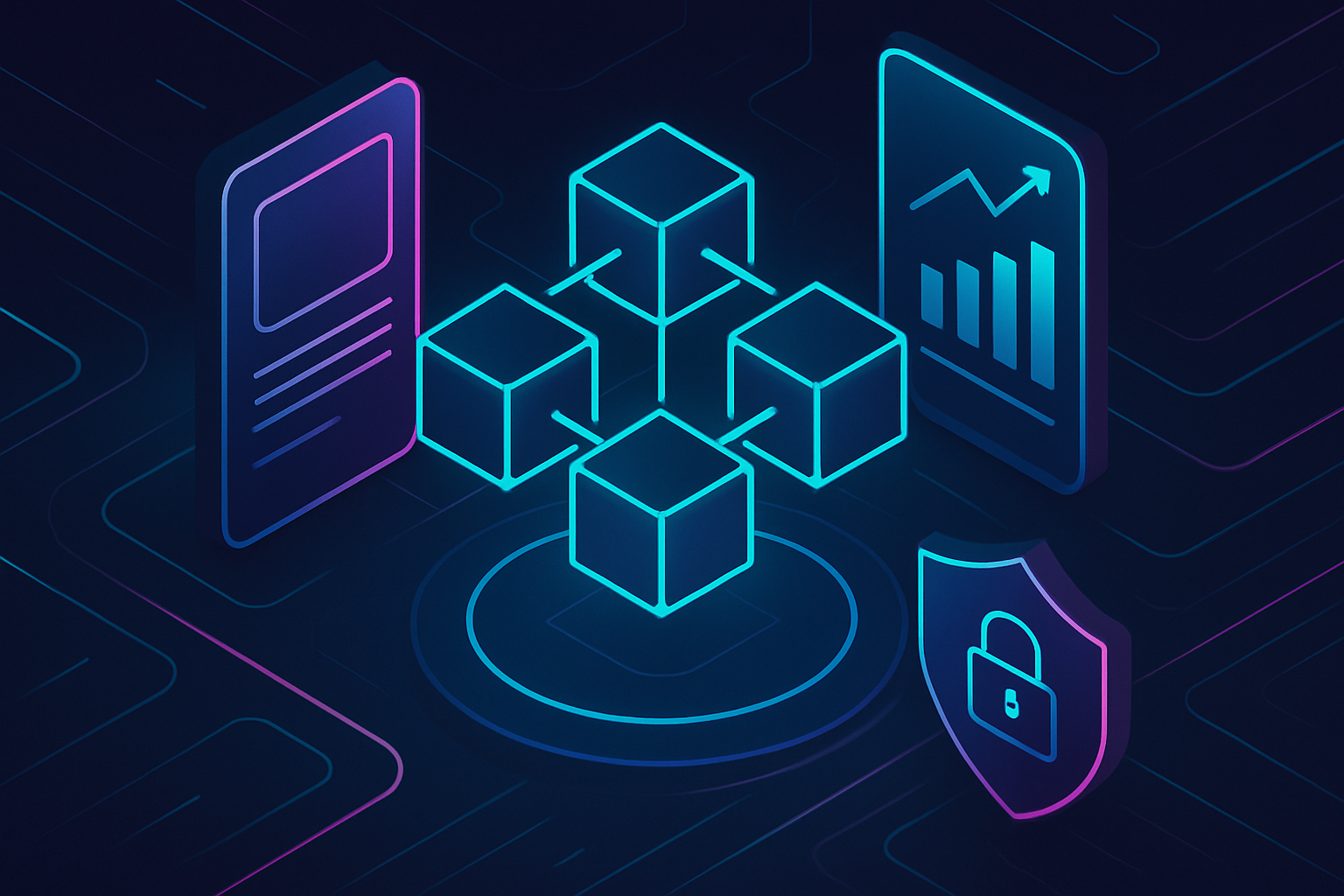
Decentralized Finance (DeFi) has fundamentally transformed risk management by leveraging on-chain analytics, enabling protocols to identify vulnerabilities, assess financial health, and respond rapidly to emerging threats. Unlike traditional finance, where risk assessment often relies on opaque models and delayed reporting, DeFi protocols tap directly into blockchain data streams for real-time analysis. This shift toward data-driven transparency is not just a technological leap – it is redefining how trust and risk are quantified in the digital asset ecosystem.

Smart Contract Vulnerability Detection: Data-Driven Defense
At the heart of DeFi risk management lies the continuous surveillance of smart contracts – the autonomous code that governs lending protocols, decentralized exchanges, and liquidity pools. On-chain analytics tools like DeFiTail employ deep learning to scrutinize transaction patterns and contract interactions, flagging anomalies that may signal exploits such as flash loan attacks or access control failures. According to recent research, these systems can achieve high accuracy in detecting malicious contracts before catastrophic losses occur.
For example, when transaction volume or gas usage deviates significantly from historical norms, automated alerts can prompt further investigation or even trigger circuit breakers within a protocol’s governance structure. This proactive approach is crucial for maintaining user trust and minimizing systemic contagion – especially as TVL (total value locked) across major DeFi platforms remains highly sensitive to security incidents.
Economic Risk Assessment: Simulating Market Stress
Beyond code-level threats, DeFi protocols must also contend with economic risks such as insolvency during volatile markets. On-chain analytics empower teams to simulate stress scenarios using live blockchain data. Platforms like Gauntlet offer advanced risk management solutions that optimize capital efficiency while mitigating insolvency risks by modeling the impact of price shocks or liquidity crunches on protocol health (source).
This simulation-driven approach allows protocols to adjust collateralization ratios or modify liquidation thresholds dynamically as market conditions evolve. When paired with robust crypto credit scores, these insights enable more precise underwriting for lending protocols and help users make informed decisions about where to allocate capital.
Top 5 Ways On-Chain Analytics Enhance DeFi Risk Management
-
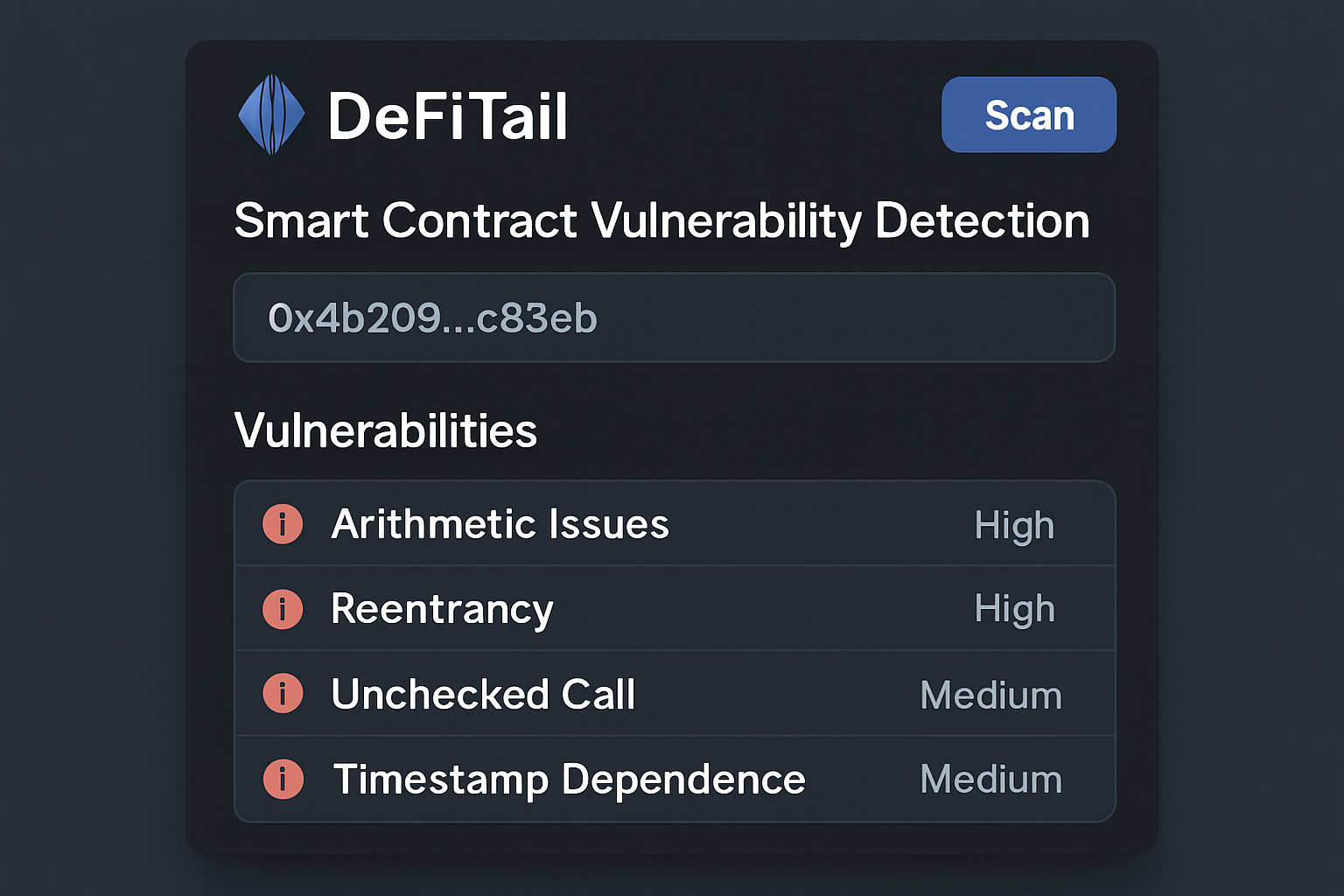
Smart Contract Vulnerability Detection: On-chain analytics tools like DeFiTail leverage deep learning to analyze transaction patterns and contract interactions, enabling early identification of exploits such as access control flaws and flash loan vulnerabilities. This proactive detection helps protocols address security threats before they escalate.
-
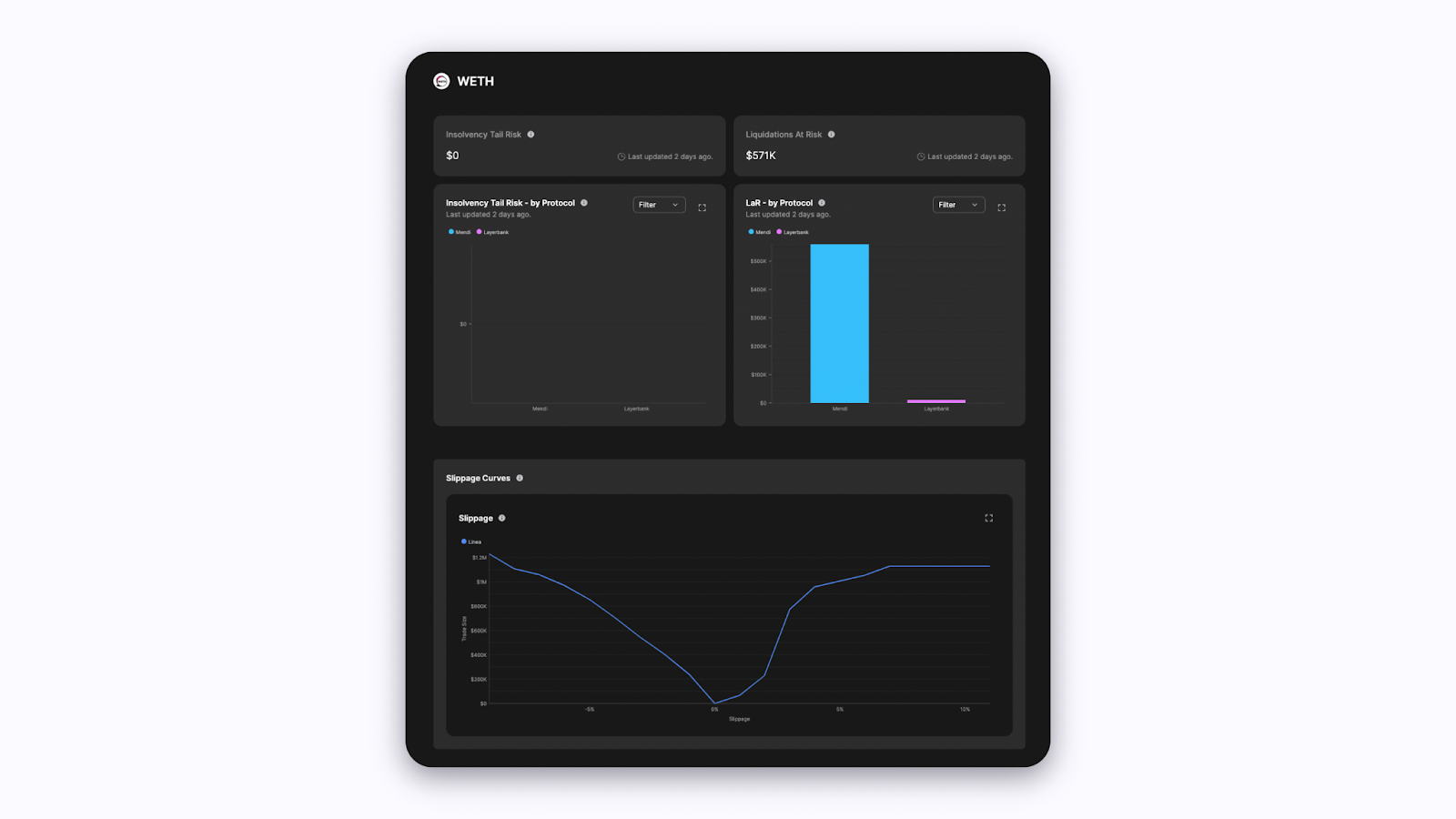
Economic Risk Assessment: Platforms such as Gauntlet use on-chain data to simulate market scenarios, optimizing capital efficiency and mitigating insolvency risks. These simulations allow DeFi protocols to test resilience against volatility and adjust parameters to maintain financial stability.
-
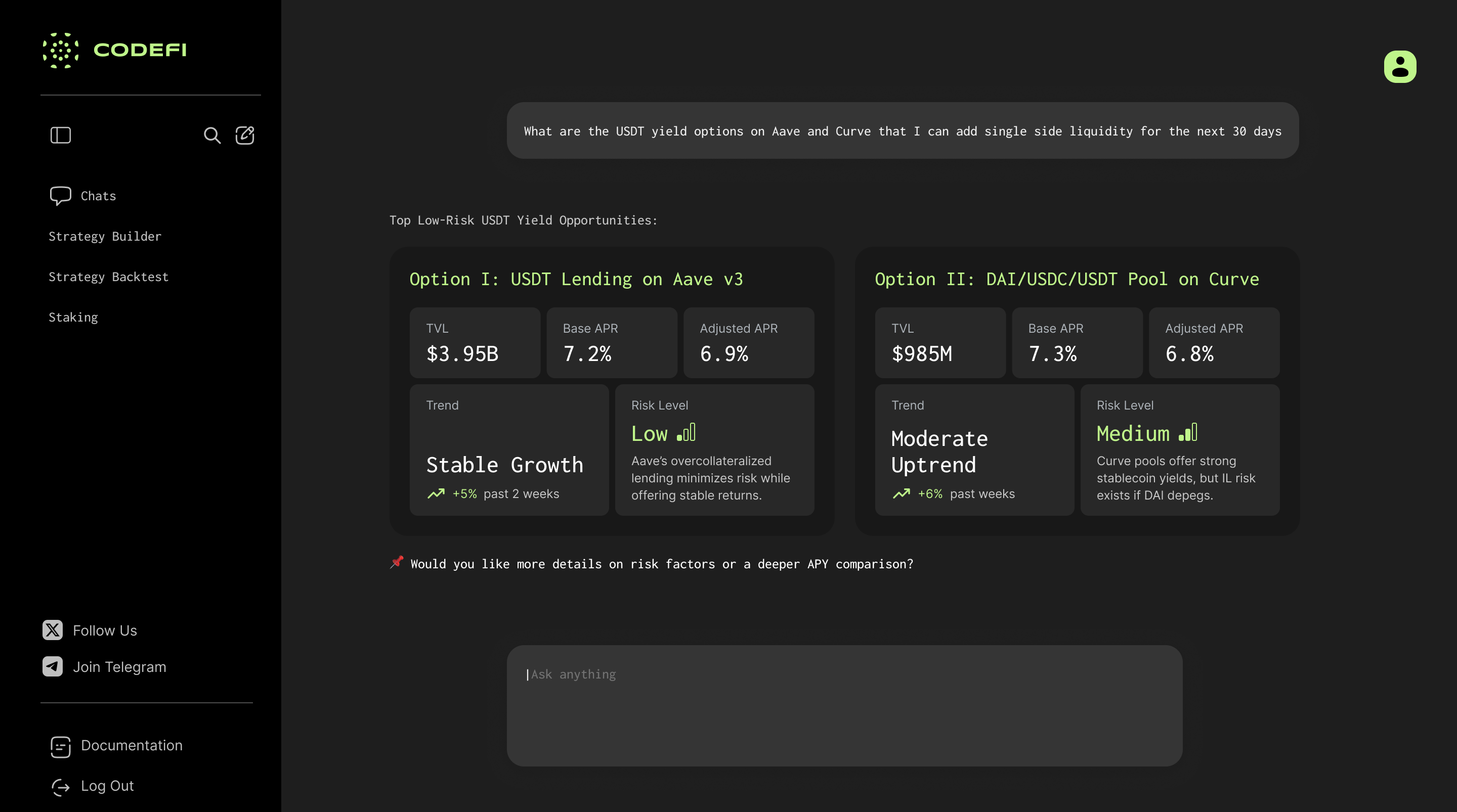
Real-Time Monitoring and Alerts: Solutions like Codefi Data provide continuous, real-time analysis of key metrics including liquidity, collateralization ratios, and protocol performance. This enables DeFi teams to receive instant alerts and respond quickly to emerging risks or abnormal activity.
-
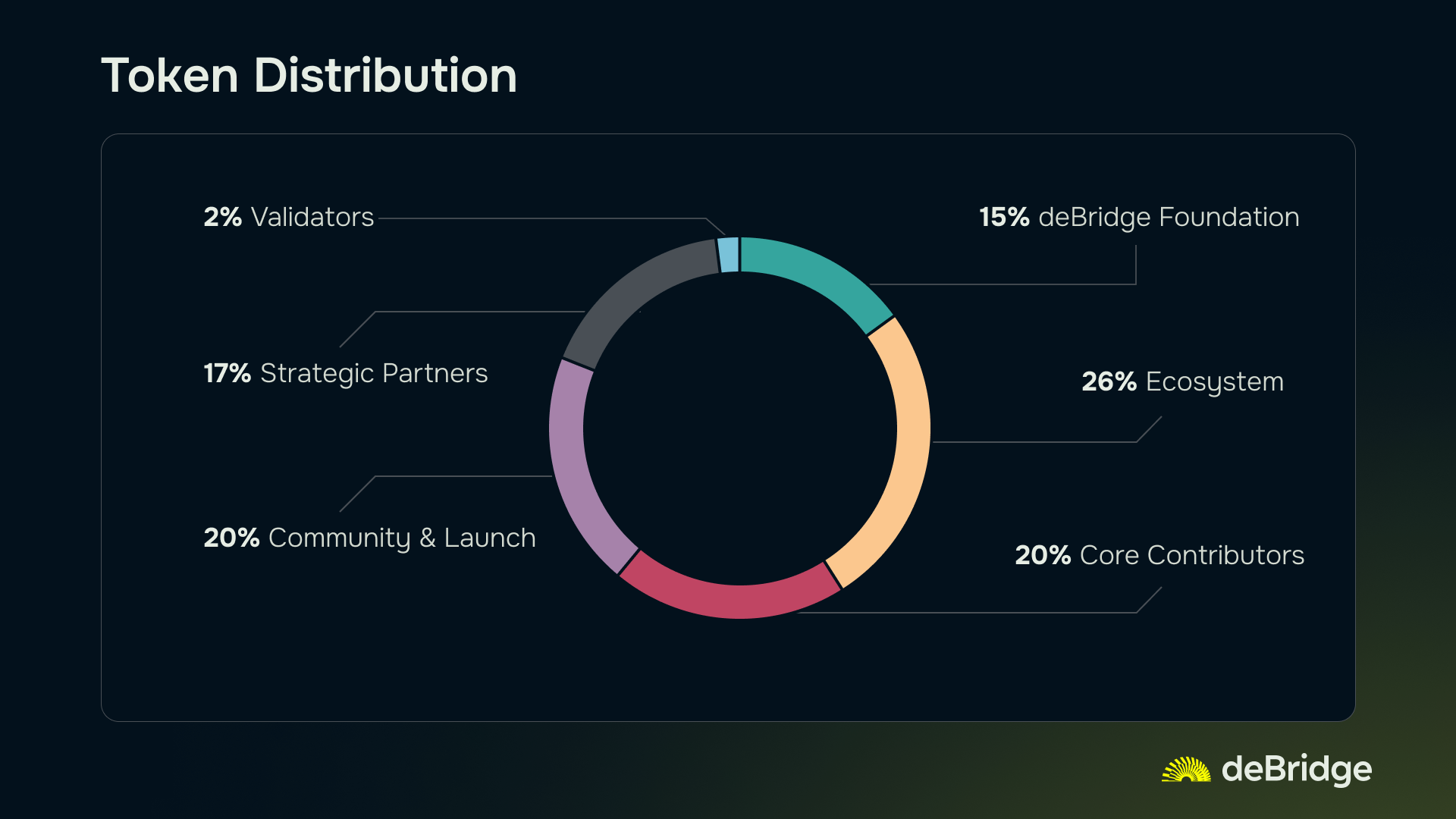
Governance and Centralization Risk Evaluation: By analyzing on-chain governance data, protocols can assess decentralization levels and identify centralization risks. Monitoring token distribution and voting patterns helps prevent governance attacks and supports protocol integrity.
-
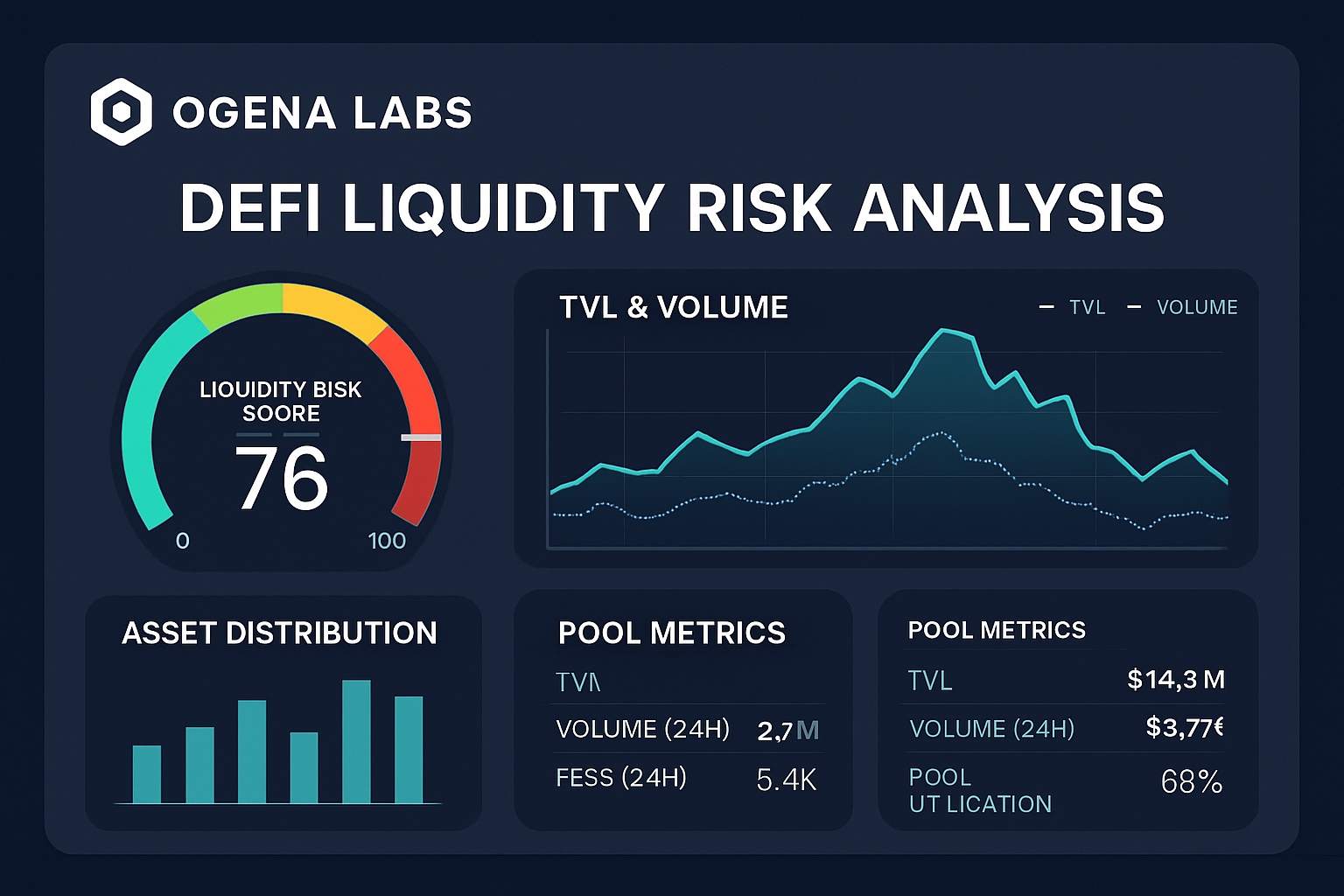
Liquidity and Market Risk Analysis: On-chain analytics platforms such as Ogena Labs track liquidity depth, concentration, and volatility. This data-driven approach allows protocols to manage capital efficiently, prevent slippage, and avoid failed trades during periods of market stress.
Real-Time Monitoring: Liquidity, Collateralization and Governance Signals
The power of on-chain analytics extends into real-time monitoring of key financial metrics such as liquidity depth, collateralization ratios, and governance activity. By continuously analyzing blockchain data streams, platforms like Codefi Data provide actionable insights into protocol stability under varying market conditions (source). For instance:
- Liquidity Monitoring: Detects sudden inflows or outflows that could signal coordinated attacks or confidence shifts.
- Collateral Health: Tracks how close positions are to liquidation thresholds in lending protocols.
- Governance Surveillance: Analyzes voting patterns and token distribution to identify potential centralization risks or governance attacks.
This holistic visibility allows for faster response times and more nuanced risk controls than legacy financial infrastructure ever could offer.
DeFi’s reliance on transparent, immutable data fundamentally changes how risk is quantified and managed. With every transaction, governance vote, or smart contract interaction recorded on-chain, protocols can aggregate and analyze vast troves of real-time information. This enables a more granular assessment of protocol health, one that is not only reactive but also predictive.
Governance and Centralization: Quantifying Risk in Protocol Control
One of the most overlooked aspects of DeFi risk management is governance centralization. On-chain analytics dissect token distribution and voting activity to reveal whether a small set of actors control protocol decisions. This is critical for assessing vulnerability to governance attacks or collusion, risks that have led to high-profile exploits in the past.
For example, by monitoring the concentration of voting power and tracking proposals that could impact protocol parameters, DeFi teams can proactively flag situations where a hostile takeover or malicious upgrade is possible. Transparency in governance not only protects users but also strengthens the long-term viability of decentralized projects.
Liquidity and Market Risk: Stability Through Continuous Assessment
Liquidity depth and volatility are key determinants of DeFi protocol resilience. On-chain analytics tools track liquidity pools in real time, measuring slippage risk, concentration levels, and sudden shifts that may precede market manipulation or cascading liquidations. By evaluating these metrics continuously, protocols can implement dynamic controls, such as adjusting fees or pausing trading pairs, to mitigate systemic shocks.
This approach was instrumental during previous market stress events when protocols like Aave and Compound used automated triggers based on on-chain liquidity data to prevent insolvency spirals. The ability to detect early warning signs through transparent analytics is now viewed as table stakes for any serious DeFi project.
Integrating Crypto Credit Scores for Robust Risk Management
The next frontier in DeFi risk management lies at the intersection of on-chain analytics and crypto credit scores. By aggregating historical wallet behavior, including repayment history, collateral usage, and participation in governance, protocols can build privacy-preserving credit profiles without relying on traditional identity systems. This unlocks new opportunities for undercollateralized lending while maintaining robust risk controls.
Lending protocols are already experimenting with these models to differentiate trustworthy borrowers from potential bad actors. Over time, this will lead to more efficient capital allocation across the ecosystem, and ultimately lower borrowing costs for users with strong on-chain reputations.
Top 5 On-Chain Signals in Crypto Credit Scoring
-

Collateralization Ratio: Monitoring the ratio of supplied collateral to borrowed assets on lending protocols is crucial. A healthy collateralization ratio, as tracked by platforms like DefiLlama, indicates lower default risk and responsible borrowing behavior.
-
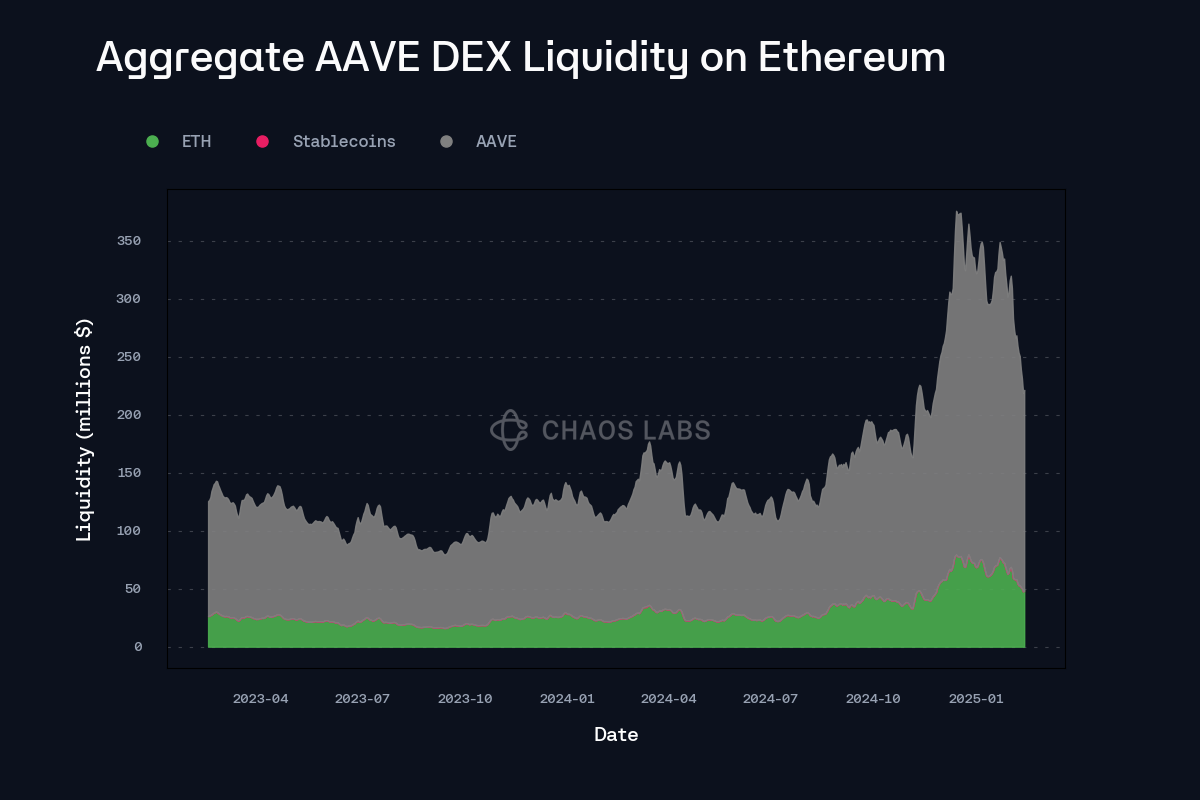
Historical Liquidation Events: On-chain records of past liquidations, available via analytics tools like Dune Analytics, reveal risk management practices. Fewer or no liquidations suggest prudent leverage and better creditworthiness.
-
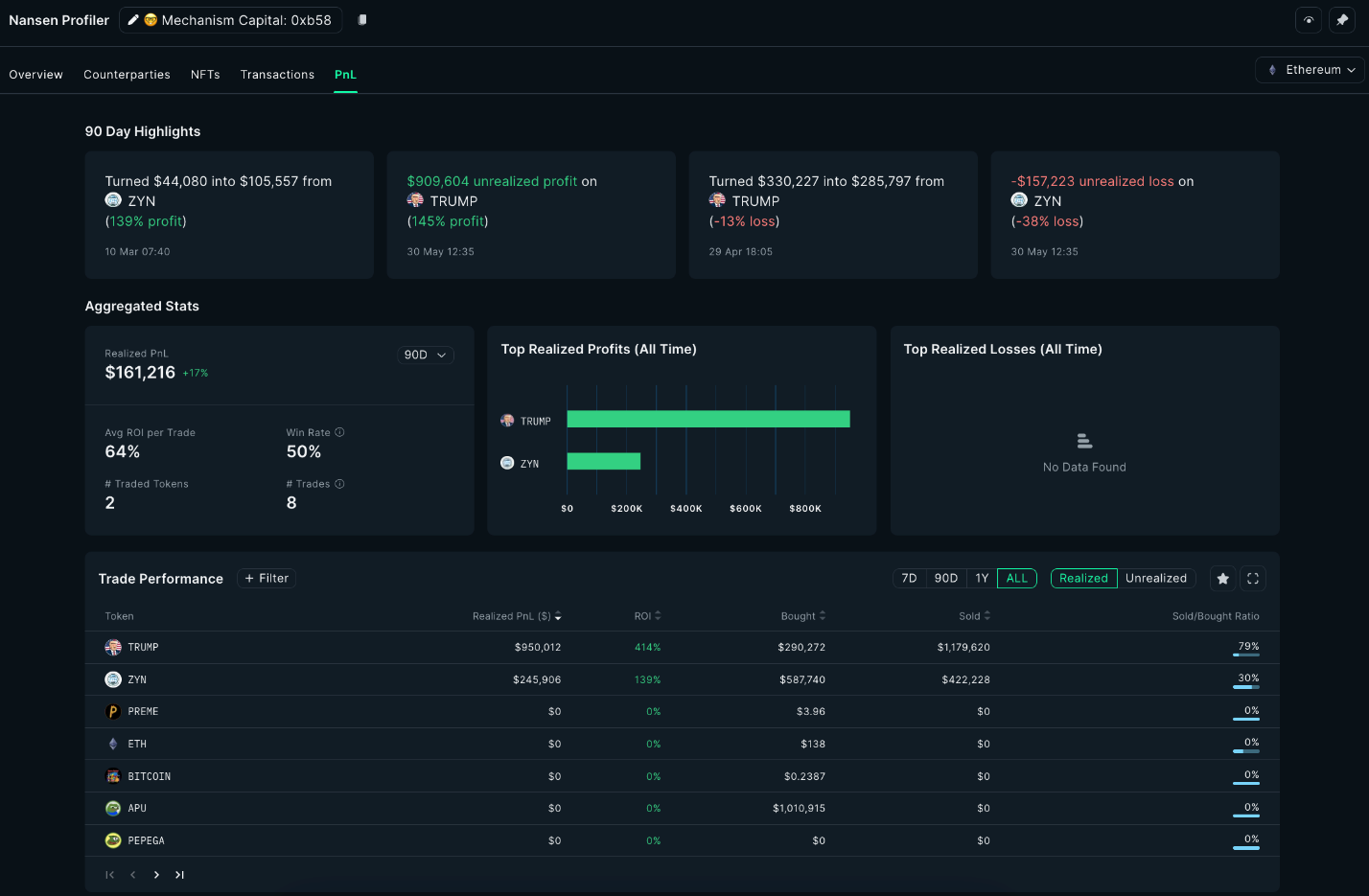
Token Holding Patterns: Assessment of long-term token holdings, especially of governance or stable assets, indicates financial stability. Platforms such as Nansen provide insights into wallet holding behaviors, which are factored into credit models.
The Road Ahead: Unified Standards and Continuous Innovation
The rapid evolution of DeFi risk management frameworks points toward a future where unified standards for risk classification become the norm (source). As more protocols adopt institutional-grade tools for monitoring vulnerabilities, economic exposures, and governance integrity, user trust in decentralized finance will deepen further.
The integration of advanced analytics with real-time dashboards empowers both teams and users to make informed decisions amid volatile conditions, a sharp contrast with legacy finance’s black-box models. Ultimately, embracing rigorous data-driven practices will be essential as DeFi matures into a foundational layer of the global financial system.
